| ID |
Painting |
Oil Pantings, Sorted from A to Z |
Painting Description |
| 28194 |
 |
Aubrey Beardsley |
1894
Oil on canvas 76.1 x 31 cm
(30 x 12 1/4 in)
Tate Gallery London (mk63) |
| 23068 |
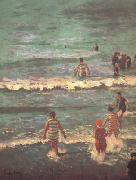 |
Bathers-Dieppe (nn02) |
c.1902
Oil on canvas
51 3/4x41 1/8"
|
| 3843 |
 |
Cicely Hey |
1922-23
25.25" x 30.25"
The British Council
|
| 3841 |
 |
Ennui |
c1913
Tate Gallery, London |
| 23070 |
 |
Gatti's Hungerford Palace of Varieties Second Turn of Katie Lawrence (nn02) |
c.1887-1888
Oil on canvas mounted on hardboard
33 1/4x39 1/8" |
| 28468 |
 |
Gatti's Hungerford Palace of Varieties:Second Turn of Katie Lawrence |
c 1887-8
Oil on canvas mounted on board 84.4 x 99.3 cm (33 1/4 x 39 1/8 in)
Art Gallery of New South Wales Sydney (mk63) |
| 28193 |
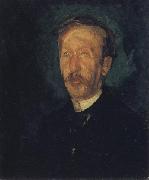 |
George Moore |
1891
Oil on canvas 60.3 x 50.2 cm
(23 3/4 x 19 3/4 in)
Tate Gallery London (mk63) |
| 60791 |
 |
Henry Tonks. |
Henry Tonks. Sodales: Mr Steer and Mr Sickert, 1930. |
| 3832 |
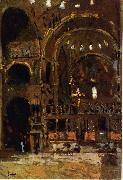 |
Interior of St Mark's, Venice |
1896
27 1/2" x 19 3/8"
Tate Gallery, London
|
| 3839 |
 |
Jack Ashore |
1911
13" x 16"
Private Collection
|
| 3846 |
 |
King George V and Queen Mary |
c1935
24.5" x 29.75"
Private Collection
|
| 3836 |
 |
La Giuseppina |
1903-04 19" x 14.5"
Private Collection
|
| 53938 |
 |
La Hollandais |
mk234
1906
50x40cm |
| 3837 |
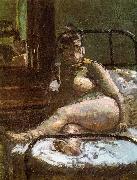 |
La Hollandaise |
1905 20" x 16"
Private Collection
|
| 3845 |
 |
Lazurus Breaks His Fast |
1927
30" x 25"
Private Collection
|
| 27105 |
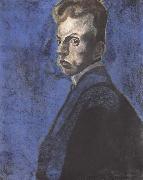 |
Self-Portrait |
mk52
1907
Watercolour and pastel on paper
75.3x60cm
|
| 3831 |
 |
St Mark's Cathedral, Venice |
c1896 25" x 19"
Private Collection
|
| 3838 |
 |
The Juvenile Lead |
1908
20" x 18"
The Southampton Art Gallery, UK
|
| 3842 |
 |
The New Bedford |
1915 30" x 15"
The Tate Gallery, London
|
| 3840 |
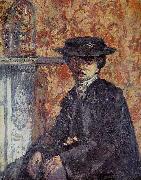 |
The New Home |
c1912
20" x 16"
Private Collection
|
| 3833 |
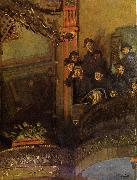 |
The Old Bedford |
1897
30" x 23.75"
The Walker Art Gallery, Liverpool
|
| 3834 |
 |
The Quai Duquesne and the Rue Notre Dame, Dieppe |
1900
22" x 18.25"
Private Collection
|
| 3835 |
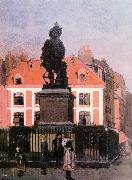 |
The Statue of Duquesne, Dieppe |
1902
51.5" x 39.75"
The City Art Gallery, Manchester
|
| 3844 |
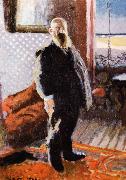 |
Victor Lecour |
1922-24
32" x 23.75"
The City Art Gallery, Manchester
|
| 60790 |
 |
Walter Sickert, The Camden Town Murder, originally titled, |
Walter Sickert, The Camden Town Murder, originally titled, What Shall We Do for the Rent?,[5], alternatively, What Shall We Do to Pay the Rent,[6] 1908 (detail) |

